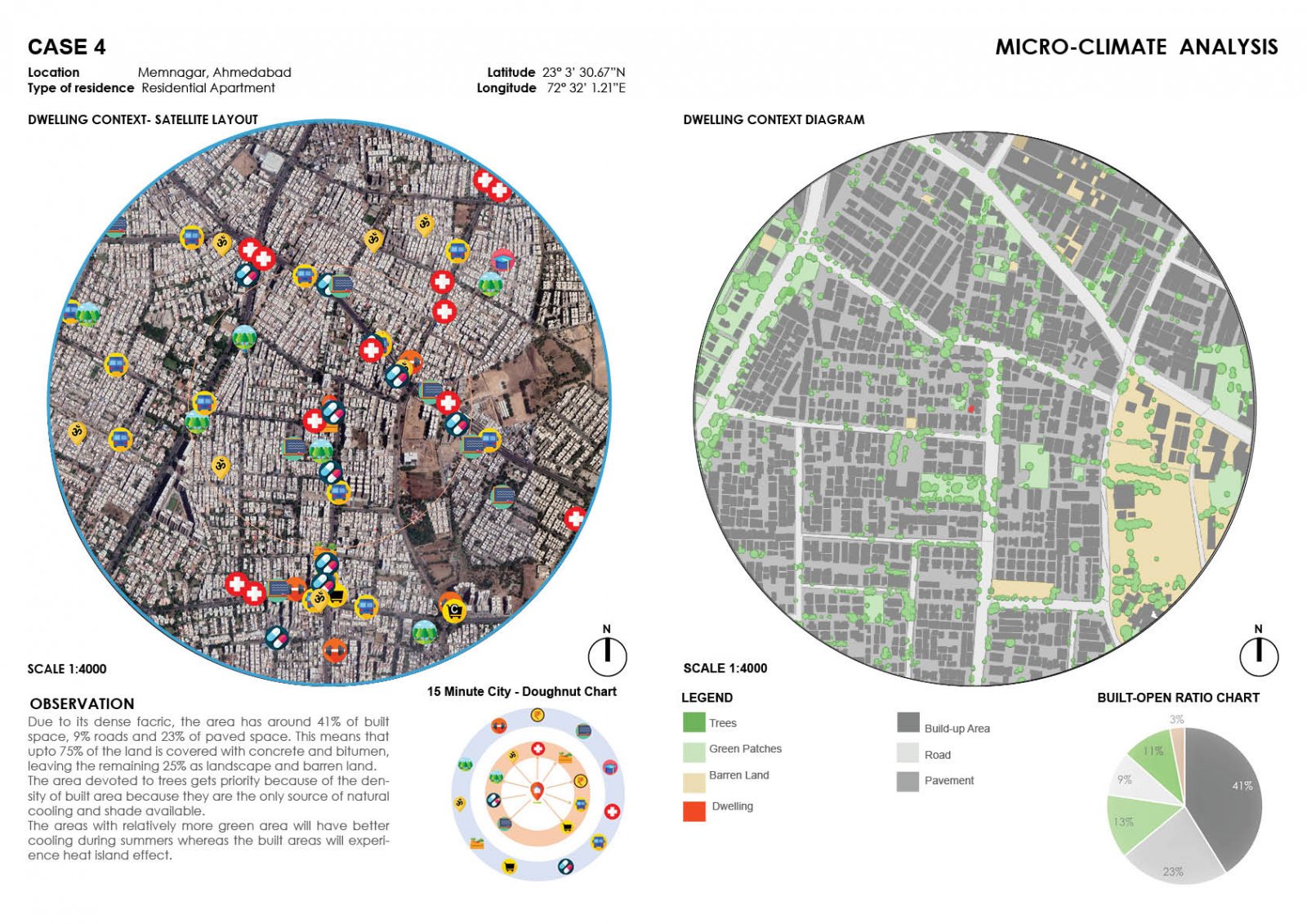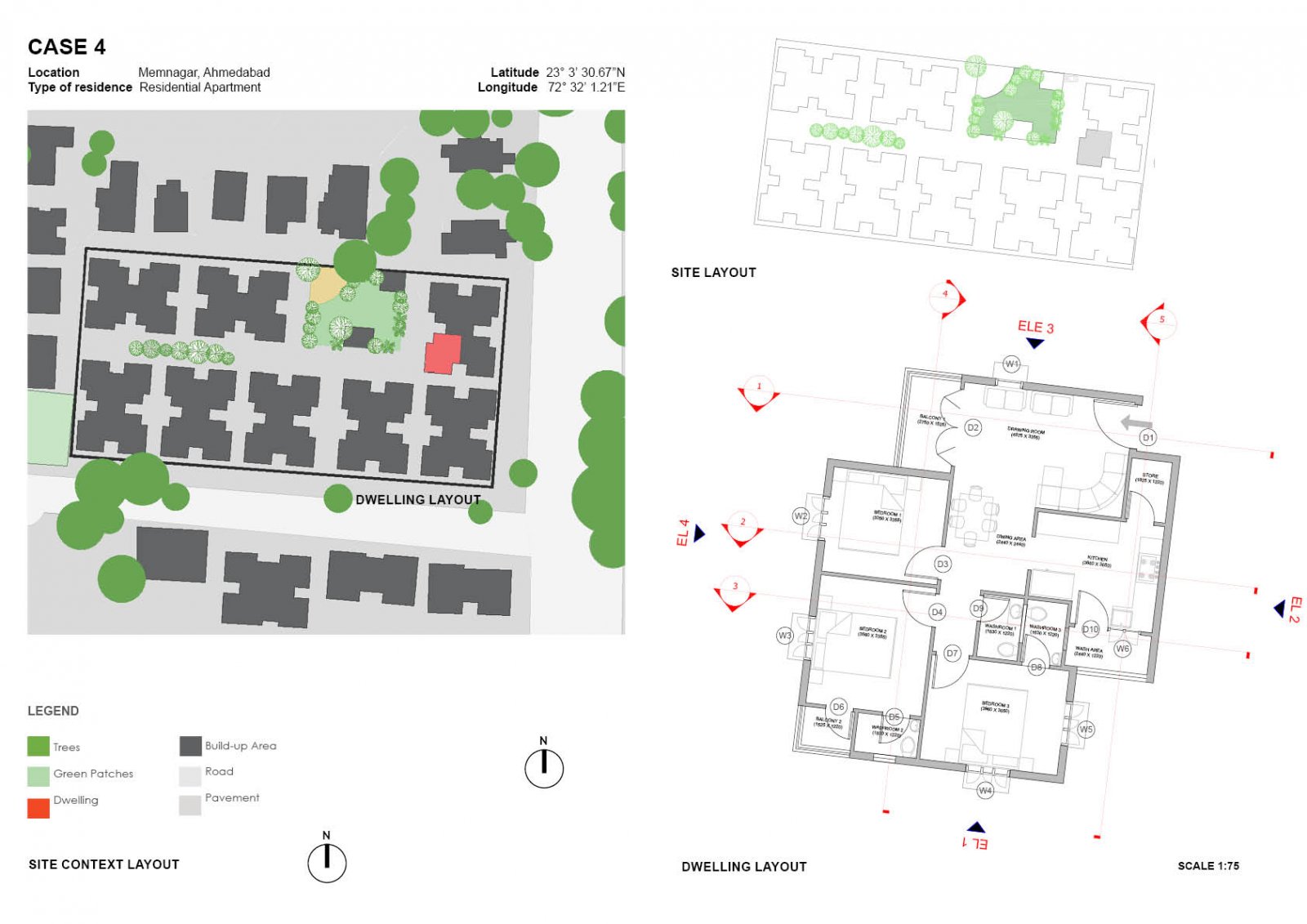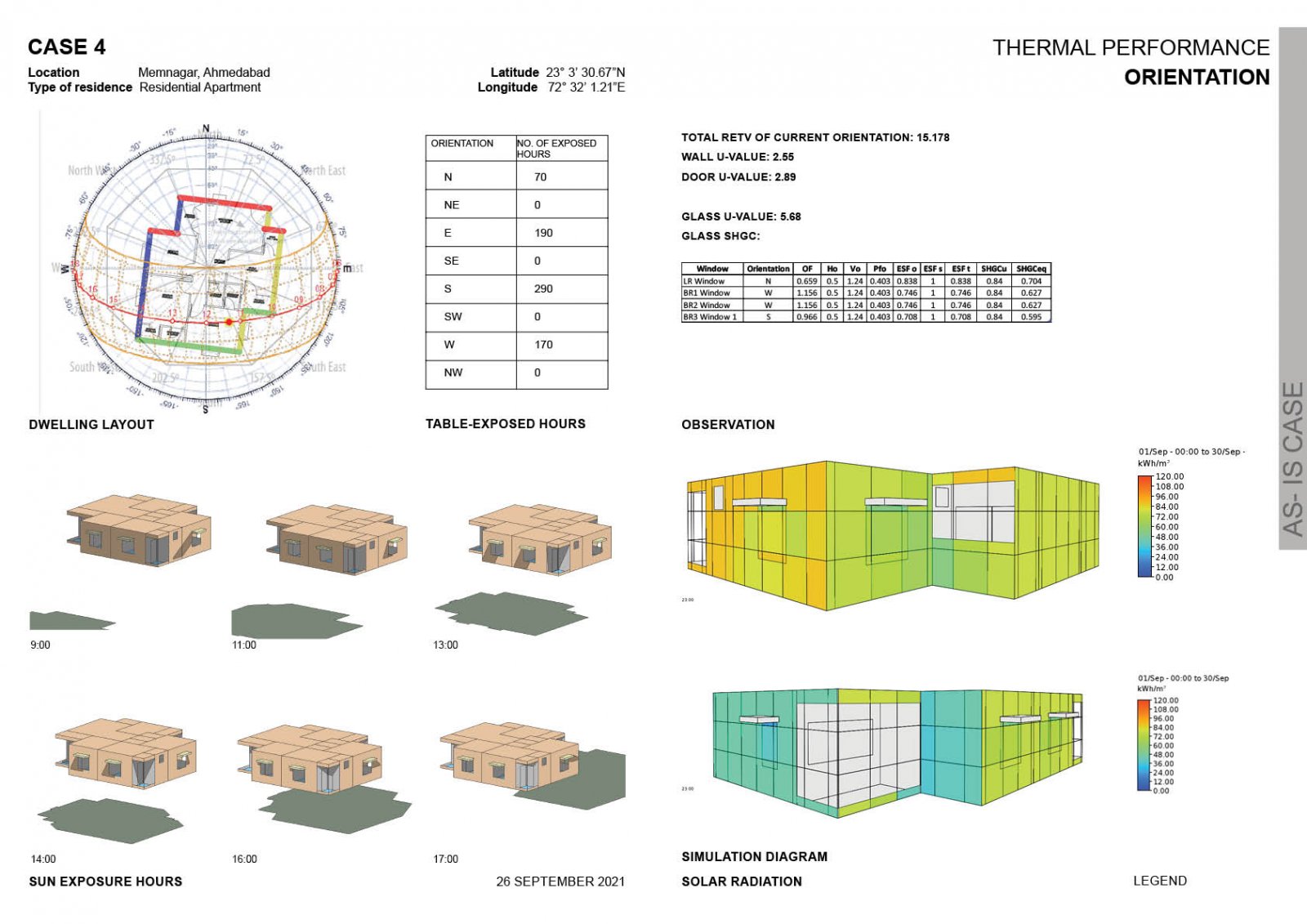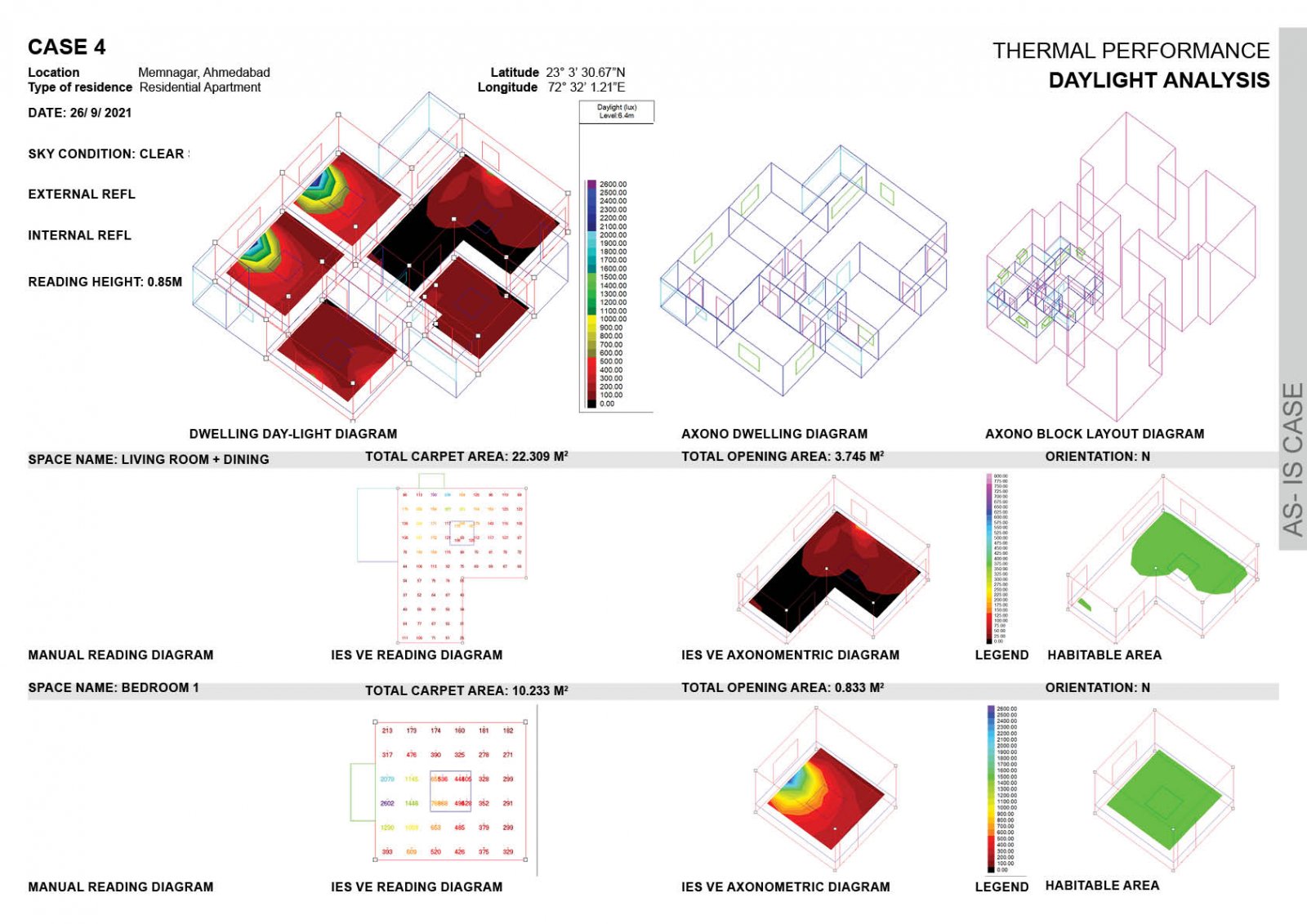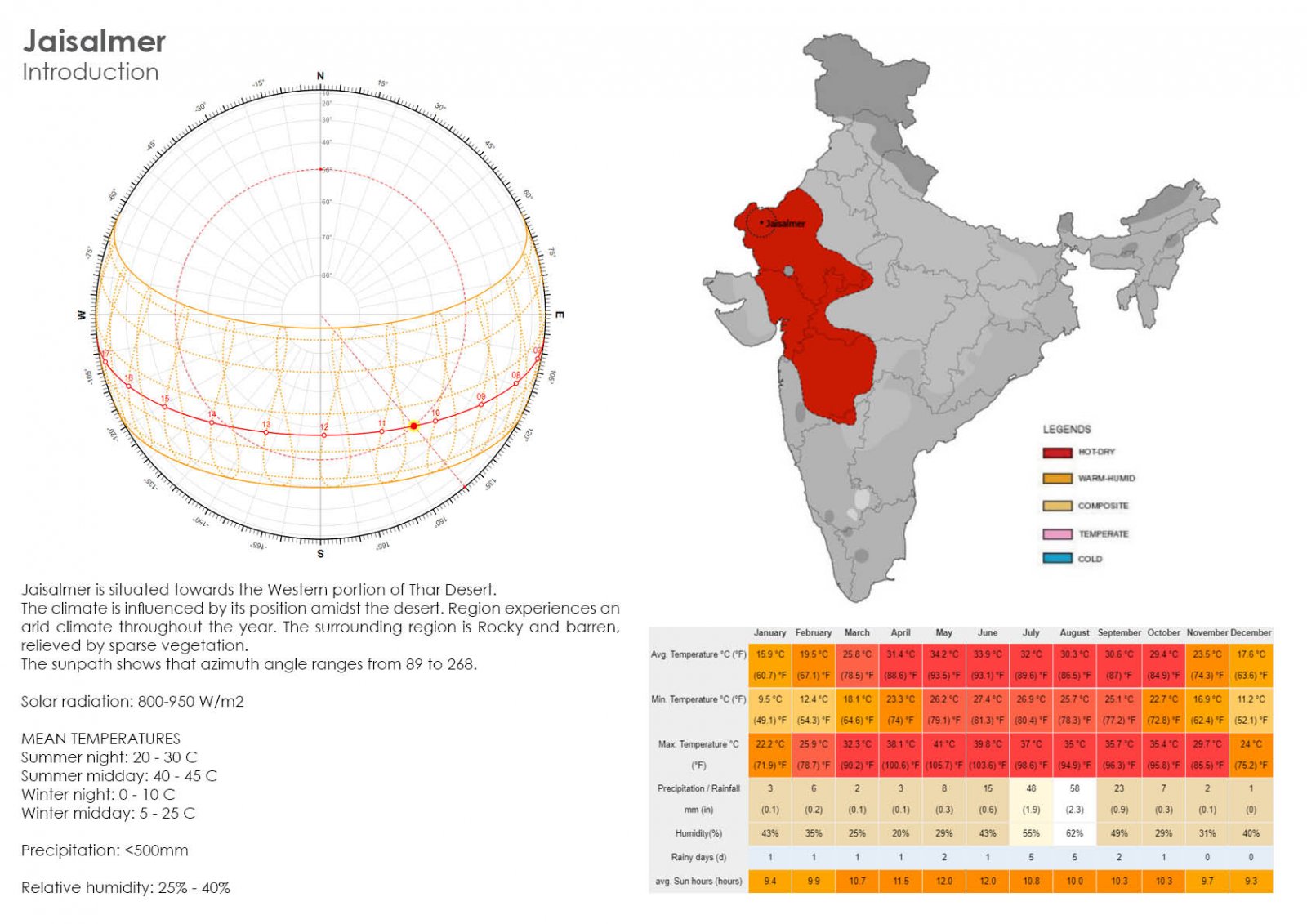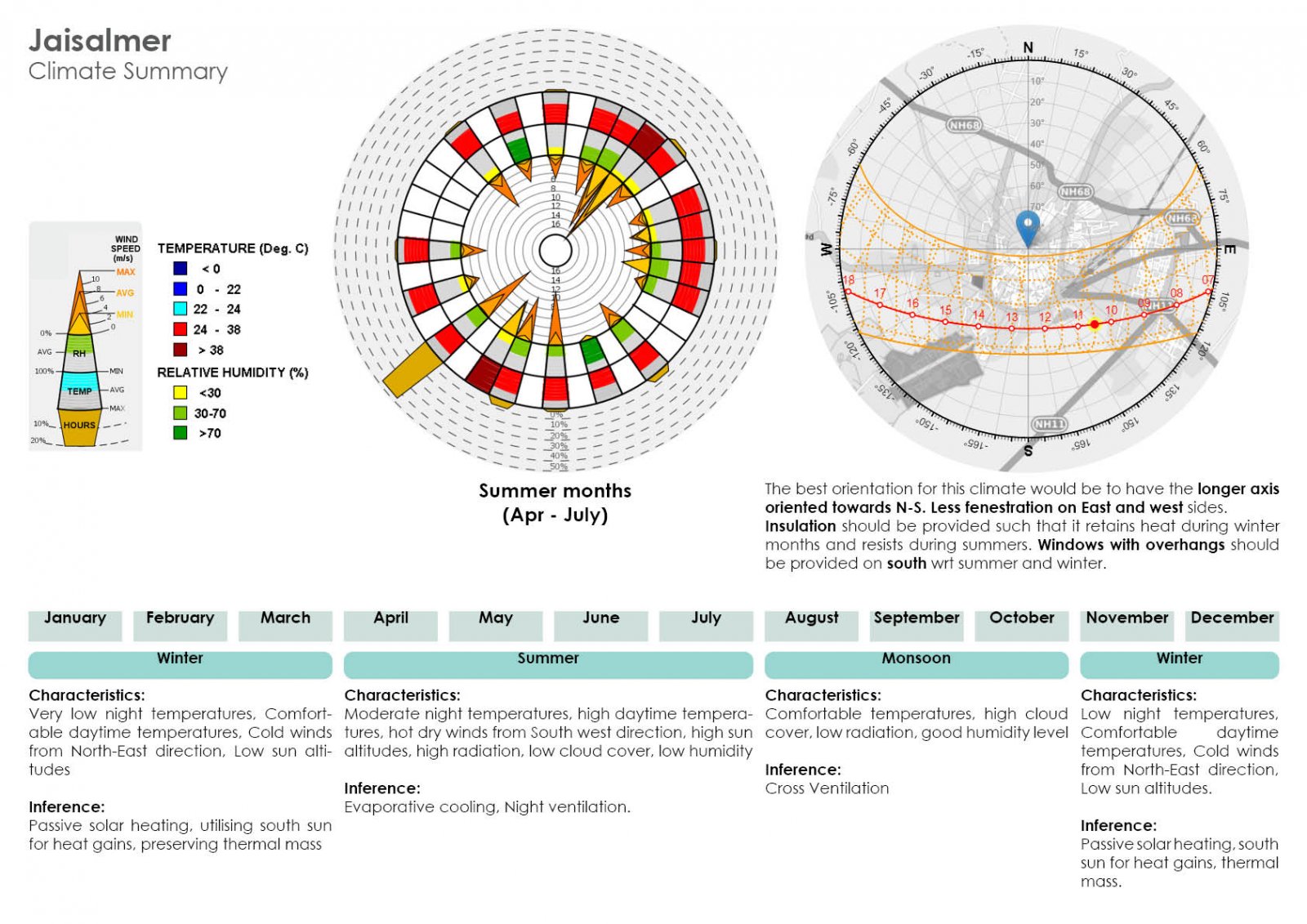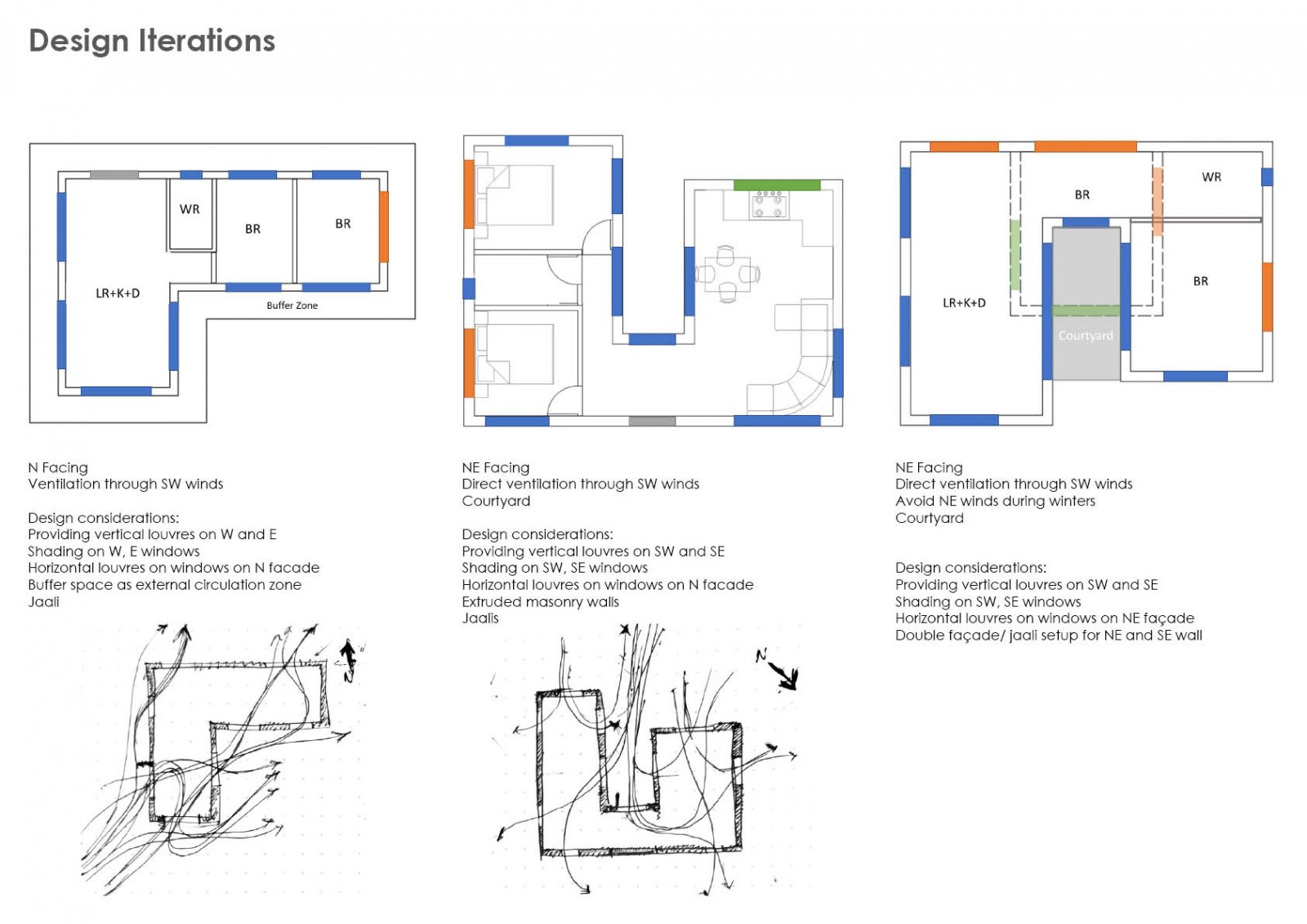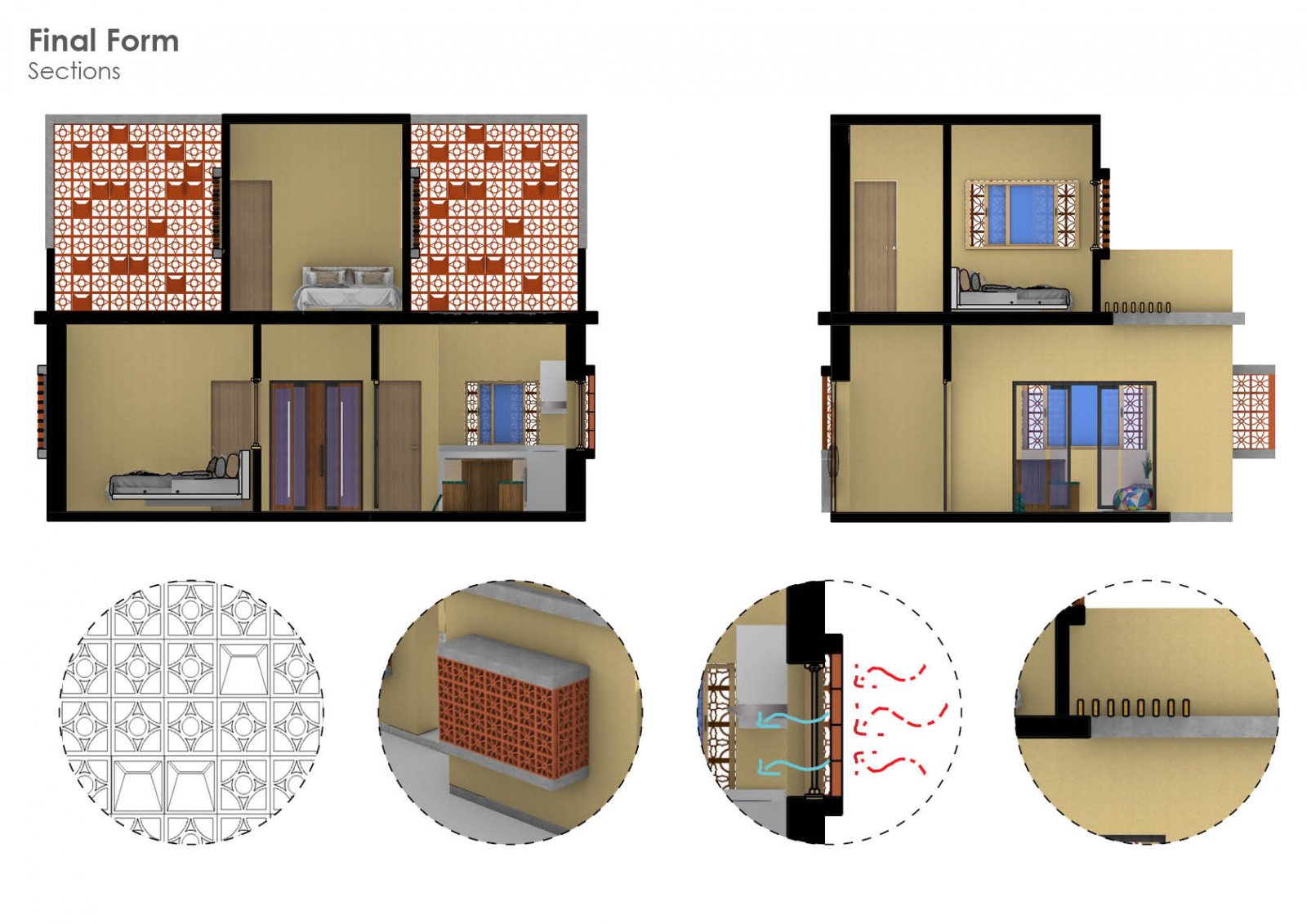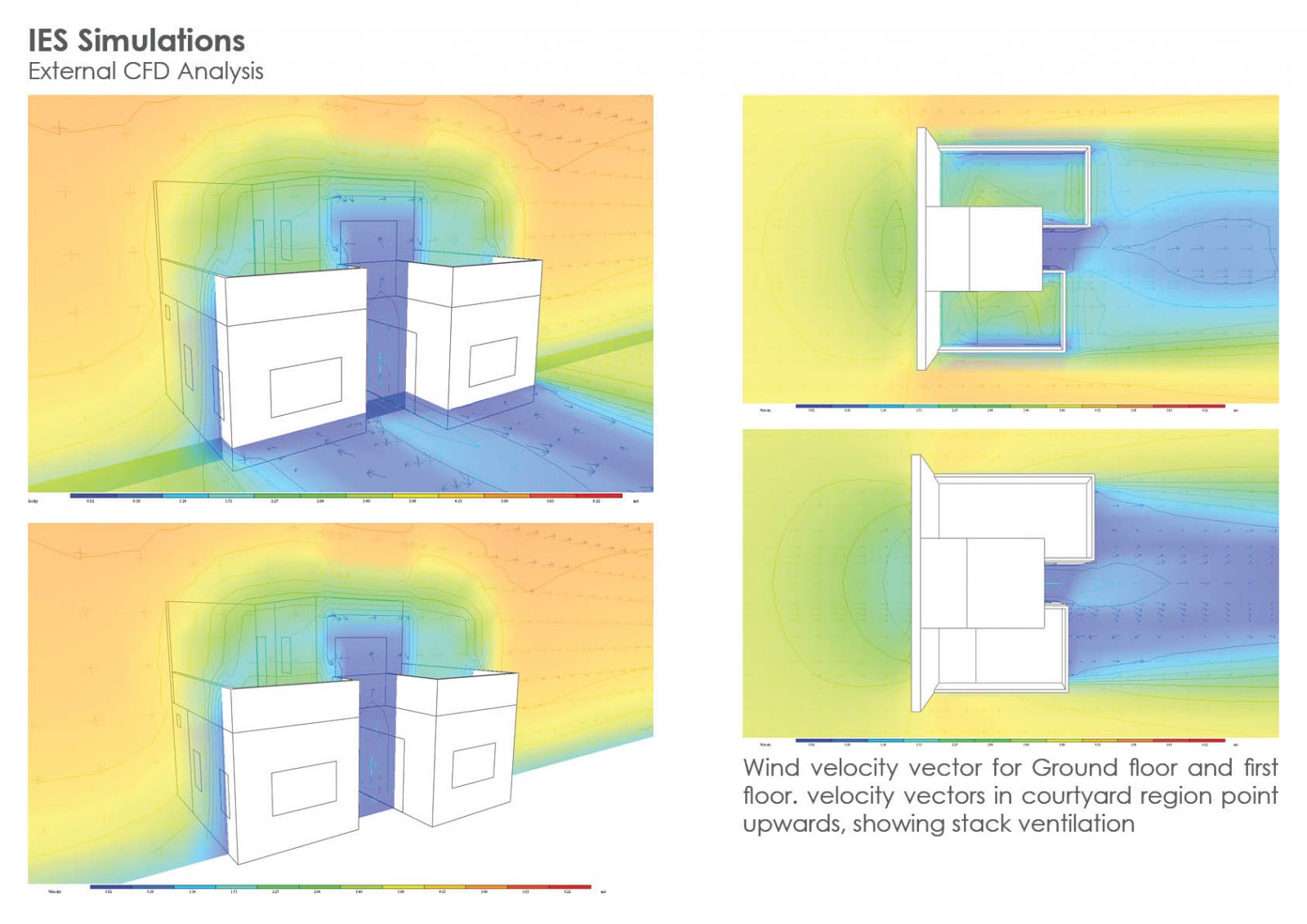Your browser is out-of-date!
For a richer surfing experience on our website, please update your browser. Update my browser now!
For a richer surfing experience on our website, please update your browser. Update my browser now!
India is the second fasted growing economy in the world and real estate development is one of the most energy and resource-intensive sectors in India, contributing about 40% of the carbon emissions driving climate change. Yet buildings also offer opportunities for substantial, economical energy efficiency gains. In this course, we were introduced to basic technologies and analytical techniques for designing data-driven resource-efficient buildings. The primary focus was studying the thermal and luminous behavior of buildings and enhanced performance to examine the basic scientific principles underlying these phenomena, and use computer-aided design software and climate data to explore the role light, ventilation and energy can play in shaping architecture. We were exposed to concepts of passive architecture, embodied energy and carbon, minimizing energy and water consumption by optimal design. We were made aware of ECBC, IGBC, LEED, GRIHA, etc. various rating programs for sustainable building. To understand/design a resource-efficient, sustainable and high-performance building, it focused on designing\analyzing a project, with help of IES VE, design software that can evaluate the building performance near to actual.
Throughout the course, we learned about:1. Building envelope performance optimization (site context, form, orientation, openings, shading) 2. Daylight and shading analysis 3. Basics of building performance modeling software 4. Eco-friendly building materials
